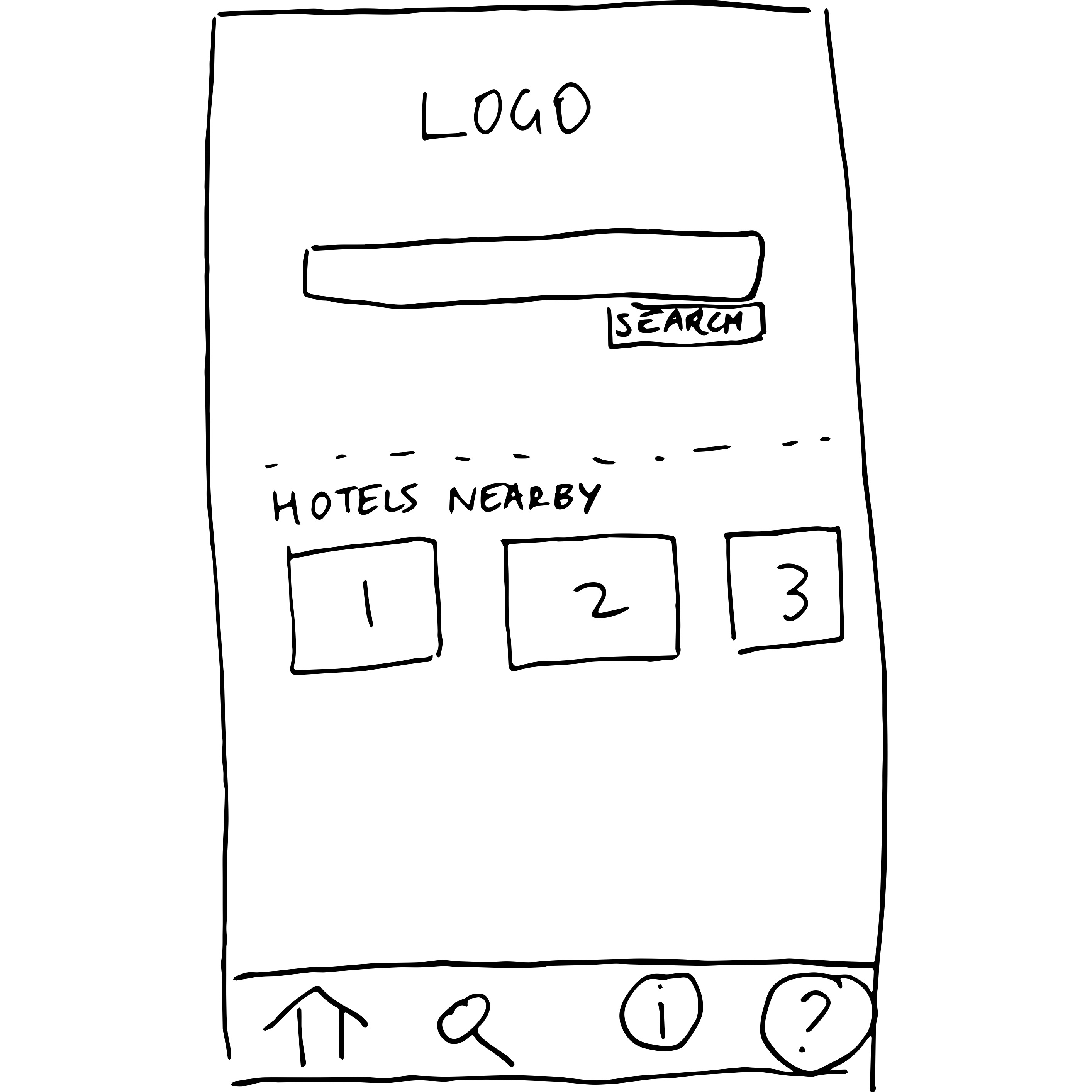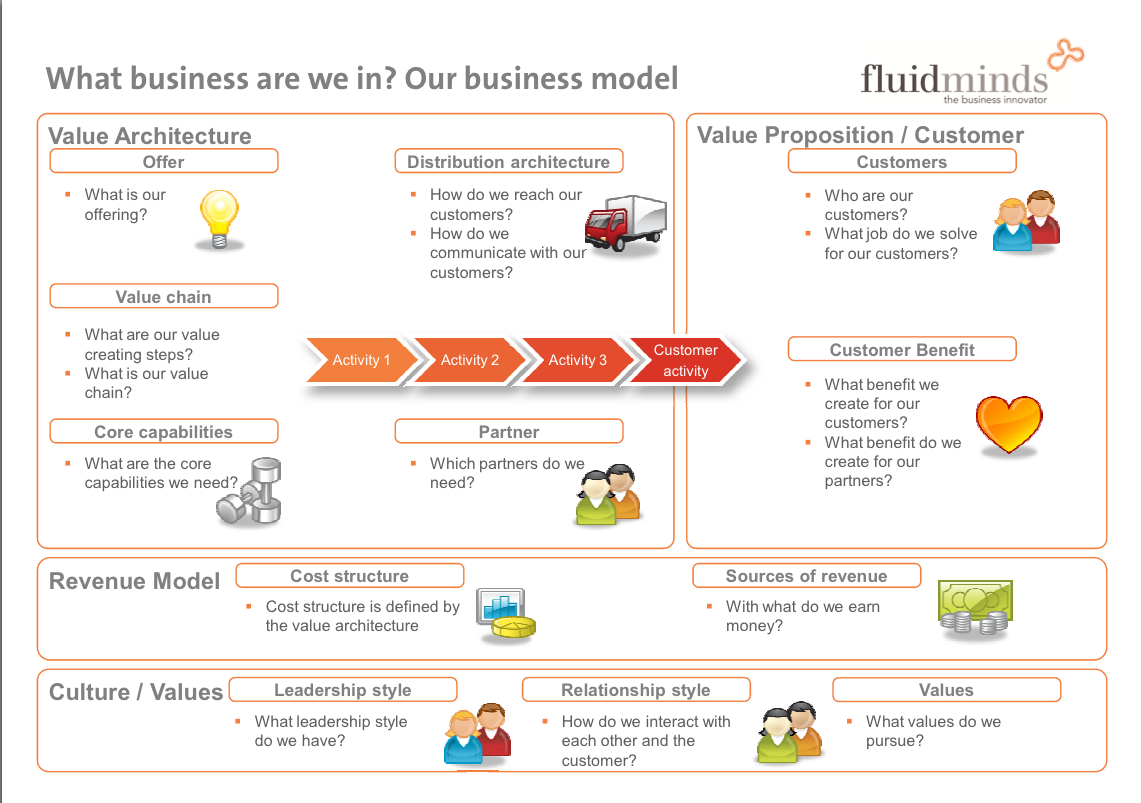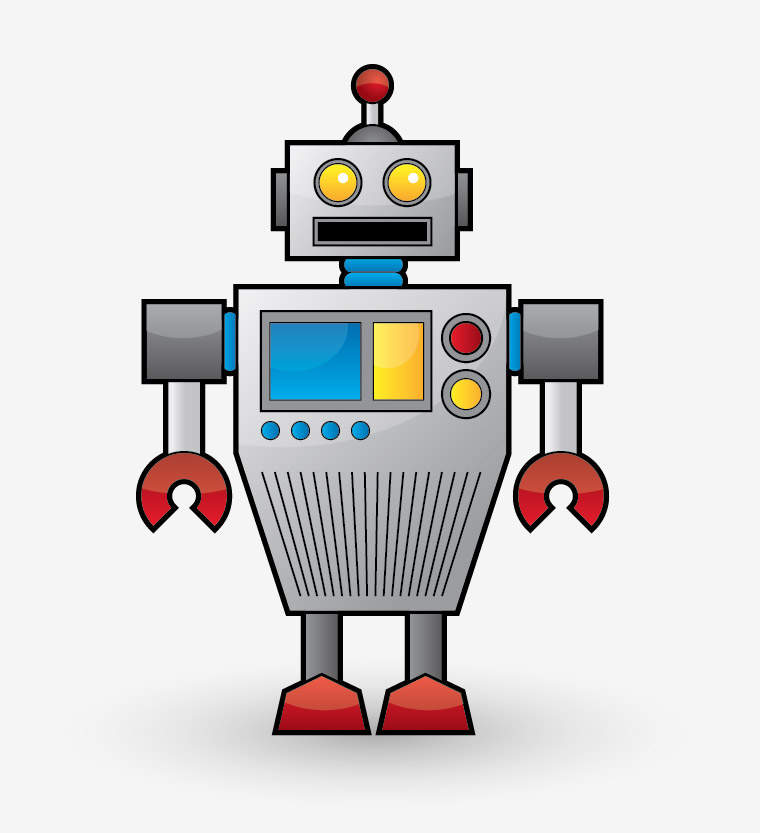Author: Patrick O’Malley
-

John Maynard Keynes v Henry Ford
Keynes believed that value is often determined by what we think other people want. Ford believed customers cannot fully capable of describing what they want (they would ask for a faster horse, not an automobile) Are they both right? Or should we really ask customers what they want.
-

Why B2B customer discovery is hard
Customer discovery is a process for testing your core business assumptions. It is a process which helps us learn more about our customer segments, problem, solution and value proposition. What makes customer discovery more difficult for a B2B product? How can we overcome these challenges?
-

Going Deeper
Inspiration often comes from unusual sources. Jazz musician Wynston Marsalis was asked “what do you do when things aren’t working and you are not making the progress that you would expect”. Wynston’s answer was simple “You go deeper”.
-

Anatomy of a Prototyping Project
Product managers need to have a wide set of abilities – understanding good user experience is a particularly important one to have. One of the most valuable competencies I ever learned was to prototype. This helped me to better understand how products and product features decompose into screens and elements.
-

Customers don’t buy features
Customers buy benefits. They may ask about features, and they may talk about features but during the purchase decision, all they are thinking about are their benefits. Yet internally, our whole company is talking about features and roadmaps of features. Why?
-

3 Types of Business Model Canvas
There are 3 business model canvases that I have used in the past – each with a different sweet spot of application and its worth being familiar with them all. Sketching a business model is a 15 minute task that could save you years of wasted time building products. So lets dive in.
-

Data Robot
Doing competitive analysis is never easy. Some information is just hard to find. And when find information, it’s tempting to dive straight into our analysis. But how do we manage the incompleteness of our information? Data Robot!
-

Listing In-App Products (IAPs) on the Play Store
Listing In-App Products (IAPs) on the Play Store is relatively simple. IAPs come in two categories: Managed In-App Products (a one-time purchase such as buying a new weapon in gaming app ) Subscriptions (a renewing purchase such as a monthly subscription to a magazine) Let’s learn how to set up subscriptions.
-

The free iPad Question
The free iPad Question One of the most challenging parts of being a product manager is being tasked with finding out what customers really value. Yet unless we ask the right questions in the right way, we may be getting answers that are lead us to wrong conclusion. Here is how to avoid that from happening.
-

The 7 C’s of building a product for global scale
The 7 C’s of building a product for global scale I thought about this question a lot in my current company. To be able to scale to a truly global size tomorrow, what do we need to be doing today. What type of things must be true if the product successfully scaled to millions of users?
-

Your Users. If they quack, then they are ducks.
A blog post about Early Adopters. Like Mythical creatures such as centaurs or unicorns, authors speak with such certainty about Early Adopters; what their adoption curve is like/how many of them you see in the early days; how to leverage them for information once you find them.
-
Getting feedback: A picture is worth a thousand words.
It’s Not Technical Being a product guy for over ten years now, I have seen countless times how a picture is worth a 1000 words. The real challenge in building software isn’t technical; everything can technically be built. The real challenge is in communication.